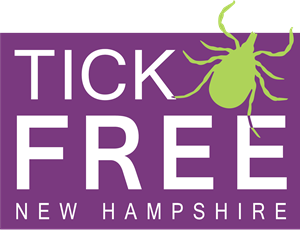Pick a Protection
For topical protection, particularly for exposed skin, the highest performing products when tested contained one of these three active ingredients: 15%-30% DEET, oil of lemon eucalyptus (OLE), or 10-20% picaridin.
We have collected some sites that offer information on how to protect yourself and your loved ones from tick bites.
The top-performing products contain one of these three active ingredients: 30% DEET, oil of lemon eucalyptus (OLE), or 20% picaridin. All are safe when used as directed. CDC recommends using repellents containing the following active ingredients: DEET (20-30%), picaridin, OLE, PMD, IR3535, or 2-undecanone.
Avoid repellents with more than 30% DEET for children. Do not use insect repellents at all on babies younger than 2 months. Do not use products containing oil of lemon eucalyptus or para-menthane-diol on children under 3 years old.
Dress your kids in pants, socks and shoes, and long-sleeve shirts, especially when they are venturing into heavy brush with likely tick infestations. Also consider permethrin-treated clothing.
Here are some other helpful resources for choosing a bug repellent.
EWG’s Guide to Bug Repellents – The Environmental Working Group’s guide is our favorite and very clear. EWG acknowledges that many people are concerned about the possible drawbacks of common repellent active ingredients, like DEET. EWG researchers have analyzed the science in depth and found that, with proper application and precaution, our recommended active ingredients – Picaridin, DEET, and IR3535 – effectively reduce risk from life-altering disease and have very low toxicity concerns.
Check out Consumer Reports’ Insect Repellent Buying Guide
Choosing and Using Insect Repellents – It can be difficult to decide which product to use when you are planning to be outdoors and want to be protected from ticks. The information you will find here from National Pesticide Information Center and the EPA’s Insect Repellent Locator can be useful when deciding on insect repellents.



